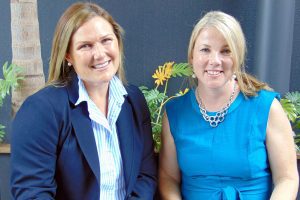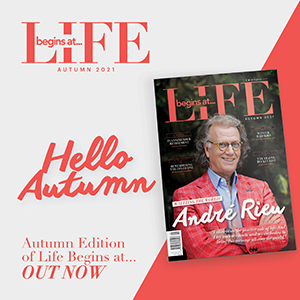Anxiety disorders are the most common mental health problem in Australia, affecting more than 2 million people aged 16-85 years – and the majority of those affected are women.
Ahead of World Mental Health Day this Friday (October 10), leading women’s group, Jean Hailes for Women’s Health provides women with knowledge and understanding.
Experiencing some anxiety is normal and in small amounts can even be a good thing,” says Jean Hailes psychologist and Head of Translation Dr Mandy Deeks. “It helps us focus, keeps us alert and can even motivate us. But for some people, anxiety and worries can become excessive, constant and distressing enough that they cannot function in their daily life.”
Dr Deeks says that while anxiety can happen at any time, there are times in a woman’s life when she may be more likely to experience anxiety.
“Women have a number of reproductive and health conditions that increase their risk of experiencing anxiety,” says Dr Deeks. “Major life events such as trying to get pregnant, motherhood, menopause and managing a chronic illness can be times of higher anxiety for women.”
While what women worry about at different points in their lives may be different, the effects of anxiety can be the same. It could be physical such as a racing heart, sweaty hands, sleeplessness or fast breathing or it could be emotional such as difficulty concentrating, feeling panicky or overwhelmed.
“It may be hard to know if what you are feeling is normal worry or an anxiety disorder,” says Dr Deeks. “It’s important to get help if your anxieties interfere in your daily life and cause significant emotional and physical distress.”
Some of the different types of anxiety disorders include:
Generalised anxiety disorder: feeling anxious and worried about daily situations. These feelings are usually out of proportion to the circumstances concerned.
Phobias: a specific fear of something like spiders or even social situations where you may be embarrassed or judged.
Panic disorder: frequent and unexpected panic attacks that usually last a few minutes, but can be so intense that it feels like something is really wrong, like you might be about to have a heart attack.
Obsessive compulsive disorder (OCD): having intrusive, repeated thoughts (such as thinking there are germs everywhere) and trying to make these thoughts go away by performing certain behaviours (compulsions such as repeated hand washing).
Post-traumatic stress disorder: experiencing significant anxiety after a traumatic or distressing event. People with PTSD tend to re-live and avoid reminders of the event. Common traumas include car accidents, natural disasters and being diagnosed with a life-threatening illness.
“Finding what is causing your anxiety is the first step to doing something about it,” says Dr Deeks. “
10 practical tips to help with anxiety
- Focus on the present moment
- Take deep breaths
- Find out what you can control
- Ask yourself: will this matter in a week? A month? A year?
- Listen to music you like
- Take some time out
- Laugh
- Go outside and take a break for a few minutes
- Visit your GP
- Speak to a registered psychologist
Anxiety: Learn, Think, Do is an online ‘hub’ designed to help women understand worry and anxiety, helping to reduce the prevalence of anxiety-related disorders across Australia. It encourages women to learn about anxiety, think about the anxieties they have, and offers practical ways to manage and live with anxiety. A self-assessment tool can help to identify levels of worry and anxiety and an online toolkit offers a variety of practical options to help deal with worries and anxieties.
Anxiety: learn, think do can be found at http://anxiety.jeanhailes.org.




















Add Comment